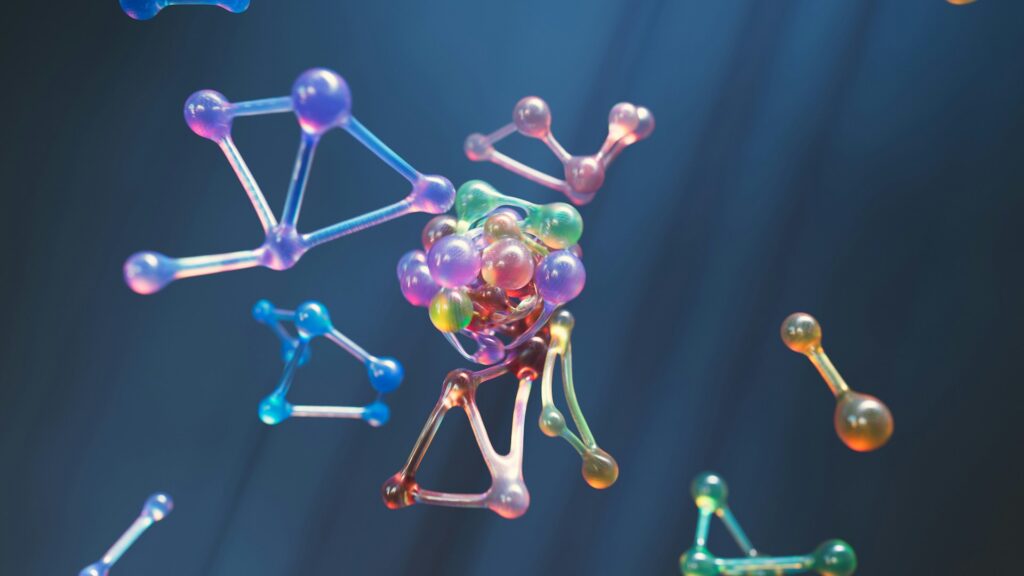Physicists at the Max Planck Institute for Gravitational Physics (Albert Einstein Institute) have proposed a new candidate for dark matter | charged gravitinos. This theoretical breakthrough, developed by Professor Hermann Nicolai in collaboration with Krzysztof Meissner, challenges the long-held assumption that dark matter must be electrically neutral. By connecting the fermion content of the Standard Model to a more fundamental framework, their model predicts eight massive, superheavy gravitinos that could bridge the gap between particle physics and quantum gravity.
In our earlier coverage, we explored how this theory opens a new window into Planck-scale physics and the potential role of next-generation neutrino detectors in identifying these elusive particles. Now, we sit down with Professor Hermann Nicolai to discuss the motivations behind introducing charged gravitinos, the practicalities of detecting such rare particles, and the implications a successful detection would have for supersymmetry, unification, and the search for quantum gravity.
You can learn more about the project on the Albert Einstein Institute’s official page here: https://www.aei.mpg.de/1275865/a-new-candidate-for-dark-matter
The following interview is presented unedited to preserve Professor Nicolai’s original responses and provide an authentic look into how his collaboration with Meissner and the Warsaw University quantum chemistry team united multiple disciplines; from particle physics and quantum chemistry to detector technology.
This project has received funding from the European Union’s Horizon 2020 research and innovation programme under grant agreement No. 740209.
How did your theoretical development with Meissner lead you to consider charged gravitinos; contrary to the expectation that dark matter must be electrically neutral, and what motivated the specific charge assignments you propose?
The main motivation comes from an attempt to understand the spin-1/2 fermion content of the Standard Model (48 Fermions = 3 generations of quarks and leptons) from a more fundamental theory. The 8 massive gravitinos then come along as an additional and natural part of this prediction, and thus are not simply postulated “out of the blue”. Their charge assignments follow from the same arguments that are needed to match the electric charges of quarks and leptons with those of the Standard Model.
In your model, superheavy gravitinos are extremely rare; about one per 10,000 km³ on average. What challenges does this scarcity pose for detectability, and how did you estimate that density?
This is a very rough estimate based on that fact that the dark matter density inside a Milky Way galaxy is usually given as 1 GeV (one proton) per cubic centimeter. Since the gravitinos are assumed to have masses close to the Planck scale you just need to scale up this number by a factor 1019:
1 GeV/cm3 = 1019 GeV/1019 cm3 = 1 gravitino/ 104 km3
Obviously, this number should be taken only as a first indication.
Could you explain the mechanism by which a charged gravitino would generate a “glow” inside a detector medium, and how that signal can be distinguished from backgrounds like radioactive decay or cosmic radiation?
Because the gravitinos move non-relativistically (with assumed velocities between 30km/s and 300 km/s), ionization is not a dominant process. In
the case at hand it is electronic excitation of the molecules of the scintillator liquid. The excited molecules then give off photons, which after phase shifting can be seen by the PMTs. The fact that this is possible at all depends crucially on the chemical properties of the scintillator liquid (and would probably not work with water)!
The events JUNO will be mainly looking for are nanosecond events triggered by neutrinos. By contrast the non-relativistic gravitinos will spend several microseconds in the detector, which gives a very different and easily distinguishable signature.
What features of upcoming neutrino detectors (e.g. JUNO, DUNE) make them suitable for gravitino detection, and what detector design parameters (volume, scintillator composition, PMT sensitivity) are most critical?
Certainly the large volume is crucial, as are the chemical properties of the scintillator liquid (see above). We have also done the calculation for Argon, where the signals are weaker but still detectable.
Since your proposal bridges particle physics, quantum chemistry, and detector technology, how did you coordinate the interdisciplinary simulation efforts (combining quantum chemistry and particle interactions) and what were the biggest technical obstacles?
The collaboration came about because of K. Meissner’s contacts with the quantum chemists at Warsaw University, and evolved out of our joint discussions with them rather naturally. No special coordination was needed, nor were there special technical obstacles as the quantum chemists had all the necessary computer codes ready for the calculation.
If such a gravitino were detected, what implications would that have for unifying gravity with quantum field theory, for supersymmetry or supergravity theories, and for extending the Standard Model?
It would be the first *direct* evidence of Planck scale physics, and as such a huge step forward towards a unified theory of quantum gravity. However, this theory still remains to be found, and poses a real challenge, as it is expected to involve extremely advanced mathematical concepts (hyperbolic Kac-Moody algebras) which are very far from understood (and also beyond string theory in its presently known form).
Looking ahead, what are your next steps; both theoretically and experimentally, to further refine detection predictions or to propose dedicated search experiments or detector modifications optimised for charged gravitinos?
The next step is to wait for new experiments to start operation and to hope for the particles to show up! If this happens we expect that this will spur new theoretical efforts towards unification in an area where there are at this time only a handful of active researchers.

Hassan graduated with a Master’s degree in Chemical Engineering from the University of Chester (UK). He currently works as a design engineering consultant for one of the largest engineering firms in the world along with being an associate member of the Institute of Chemical Engineers (IChemE).



